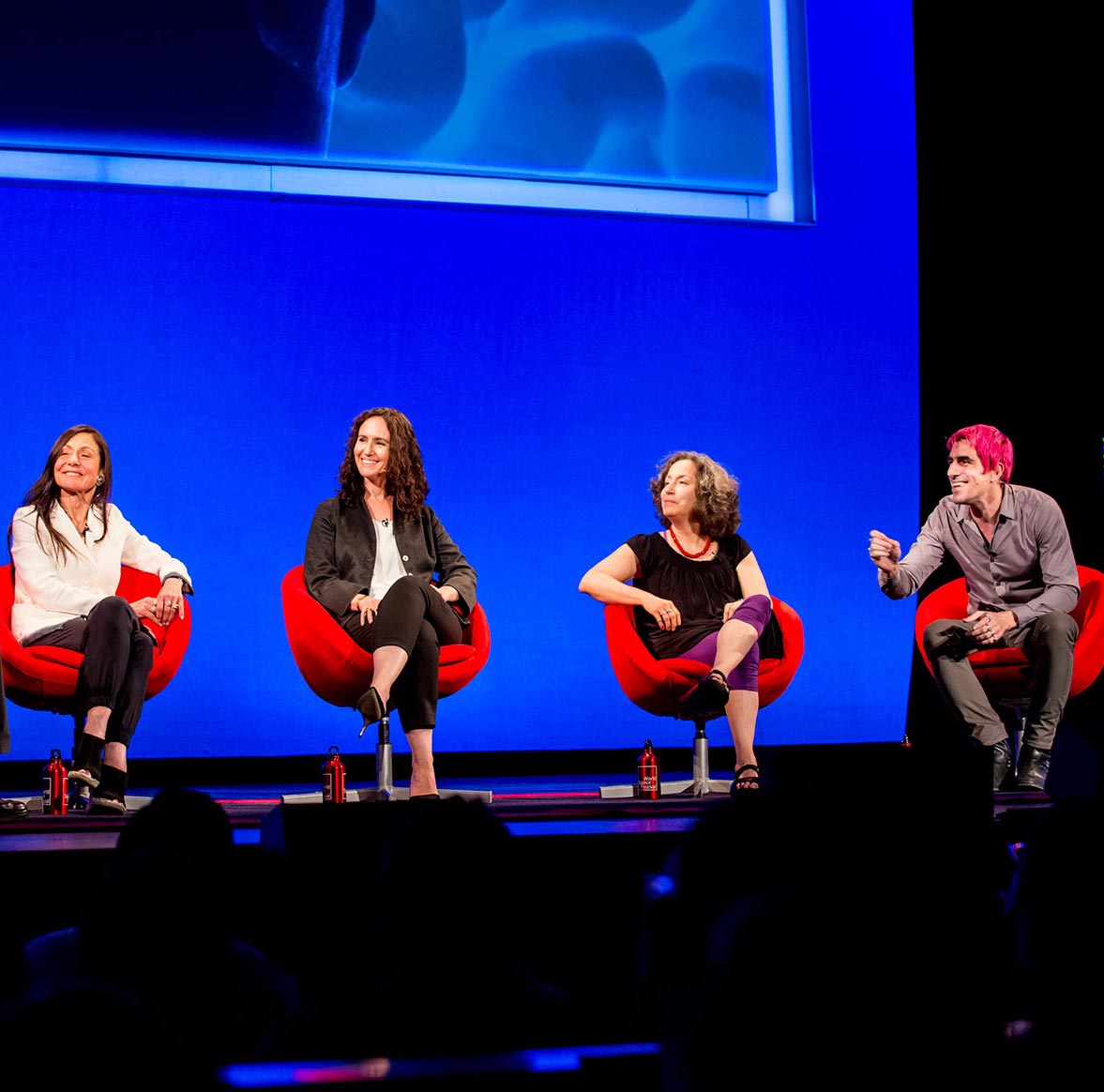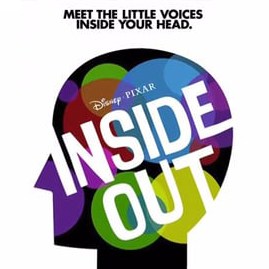Last Monday night, nearly 200 people crammed into a performance space on the fifth floor of Jazz at Lincoln Center in New York City. They had come to experience a special performance: a dialogue between neuroscientists David Heeger, PhD, and Michael Shadlen, MD, PhD, and acclaimed jazz musician and ethnomusicologist Chris Washburne, PhD. The program, ‘Jazz and Thought,’ shed light on what happens in the brain of a jazz musician when he or she plays a tune — and what happens in the brains of audience members when they hear it.
“Some of the human brain’s most amazing talents — the ability to sense and interpret the outside world, to understand the passage of time or predict what will happen next — are the same talents that jazz musicians rely on to improvise,” said Dr. Shadlen. A principal investigator at Columbia’s Mortimer B. Zuckerman Mind Brain Behavior Institute, Dr. Shadlen lends a unique insight into the brain’s ability to create and enjoy music. In addition to being one of the world’s leading neuroscientists — and a neurologist — he is also an accomplished jazz guitarist.
Some of the human brain’s most amazing talents — the ability to sense and interpret the outside world, to understand the passage of time or predict what will happen next — are the same talents that jazz musicians rely on to improvise.
“To me, jazz is an expression of the brain’s amazing cognitive abilities,” said Dr. Shadlen during a Q & A with the audience following the performance. “While jazz itself is in some ways free and unstructured, it is a celebration of the very structures in our brains that make it possible to make and enjoy this music in the first place.”
Last week’s performance marked the second time that Drs. Washburne and Shadlen had joined forces to explore the relationship between jazz and science. Last October, they performed together for the first time at WNYC’s Greene Performance Space. This time, Dr. Heeger, a professor of psychology and neural science at New York University, joined the duo.
In his lab, Dr. Heeger studies how the brain interprets sights and sounds of the outside world. The brain, he argues, is constantly bombarded with these so-called external stimuli. It then must string them together in order to come up with the most likely interpretation for what it is happening.
“The brain,” Dr. Heeger told the audience, “is always looking for the beat.”
To illustrate this point, Dr. Washburne, who is an associate professor of music at Columbia and the founding director of the University’s Louis Armstrong Jazz Performance Program and his band SYOTOS took the stage. To the delight of the crowd, Dr. Shadlen joined in on guitar.
Among the many areas of focus in Dr. Shadlen lab, he is particularly interested in how our brains keep track of time. After playing alongside SYOTOS on a series of pieces from such jazz luminaries as Frank Foster, Billy Strayhorn, Duke Ellington and Juan Tizol, Dr. Shadlen swapped out his guitar for a laser pointer. To a captive audience, he shared results of his lab’s recent research, in which he recorded the electrical activity of brain cells as subjects anticipated when a bright spot would dim on a screen.
“Over time, the brain would begin to guess the timing of when the spot would dim, which showed up as a crescendo of electrical pulses in the cells,” Dr. Shadlen explained as he showed the audience. “In essence, the brain is anticipating a schedule, not unlike how our brains anticipate when the next beat will arrive.”
“But in jazz,” chimed in Dr. Washburne, “we set up these expectations for where the beat will go, and then change it in order to surprise and captivate the listener. In many ways, jazz takes our underlying survival skills — adaptability, improvisation — and turns them into an art form.”
Experience the science of jazz yourself with last October's performance of Drs. Shadlen and Washburne at WNYC's Greene Performance Space:


